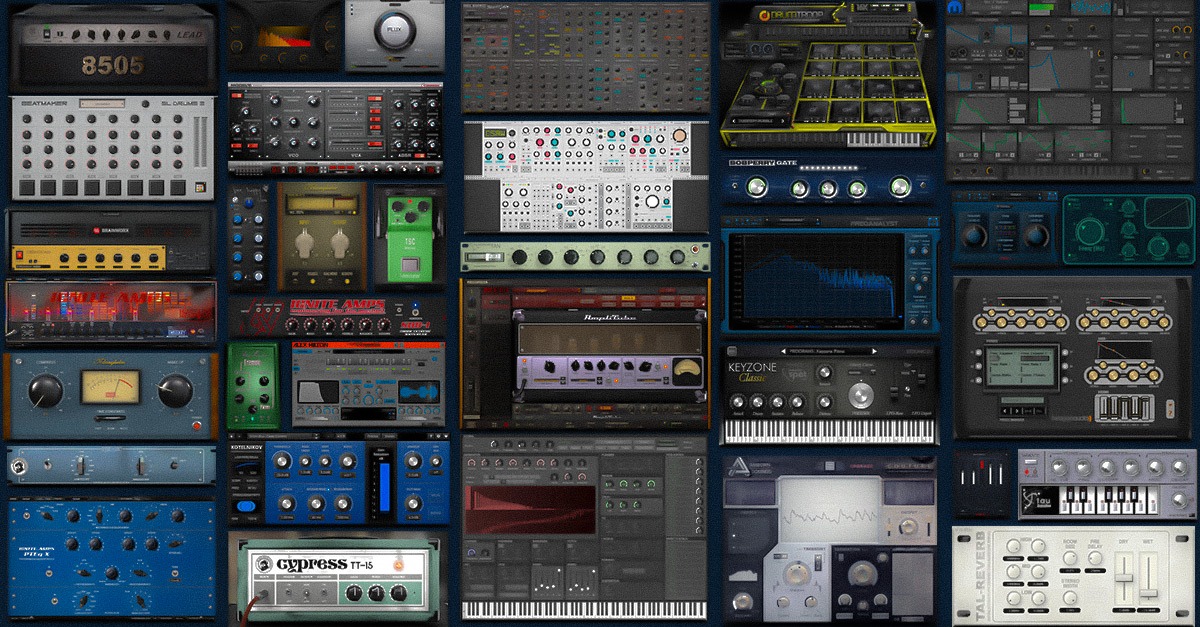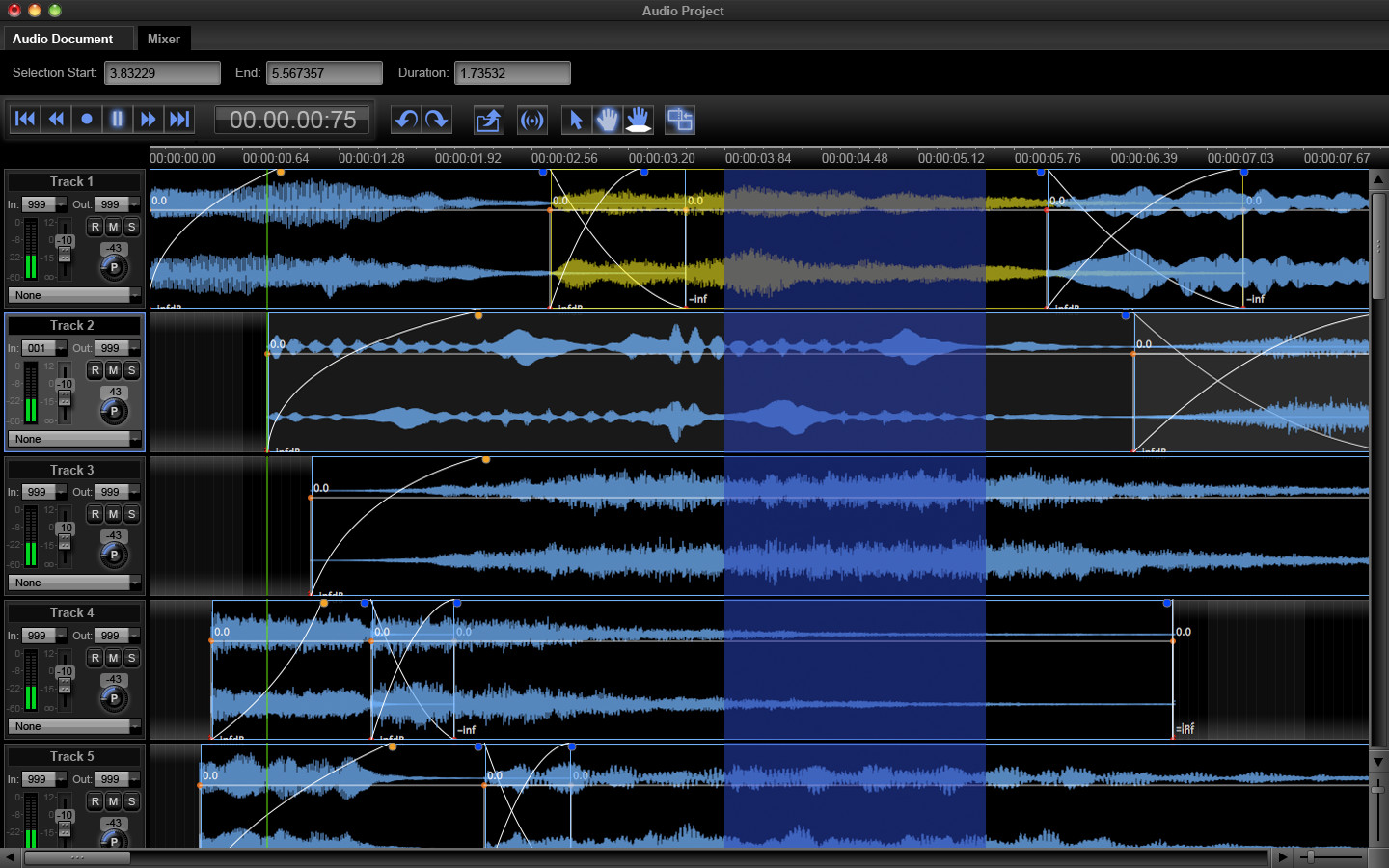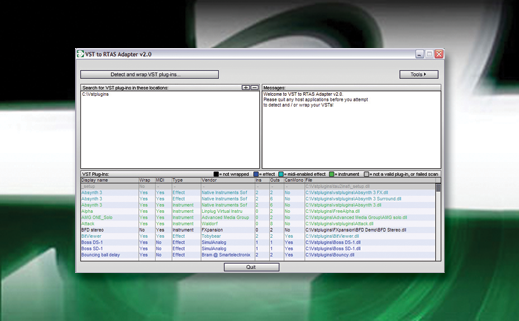If you’re involved in audio production, it’s hard to avoid Pro Tools. Even if your DAW of choice is one of the many other professional software sequencers out there, you’ll probably have to use Pro Tools at some point. Although it is a quality platform for audio processing, Pro Tools does have one notable drawback – it doesn’t run VST plugins (well, you could view it as an advantage, if you happen to have unlimited cash reserves for buying RTAS goodies)…
Plugin Play – VST versus RTAS
Pro Tools plugins are in a format called Real Time Audio Suite, which is a proprietary Digidesign/Avid format. As such, only official products by recognised developers are released as Pro Tools plugins. While this does help to ensure the stability of your system, it also means that the army of DIY plugin programmers out there can’t create any home brew apps.As VST is an open source platform, there are literally hundreds of free VST plugins available on the Internet. Many of these are extremely useful. Some of them may not work very well, and some of them may destabilise your system, but you can avoid or uninstall these. In a previous post, I recommended some free VST plugins to get started with.
A NI instrument plug-in has to be inserted in a Pro Tools Instrument track. Open a Pro Tools Session and choose Track New from the menu bar. In the New Tracks dialog you can define the properties of the new track you want to create. Choose Stereo and Instrument Track from the respective drop-down menus, then press the Create button.
How To Install Plugins Pro Tools
That’s A Wrap for RTAS
- Having plug-ins with Pro Tools is like milk and cookies, hhey go hand and hand. The sad part is that many of the plug-ins that you can buy are very powerful, but very expensive. The good news is that there are some amazing free plugins available on the market and I am going to give you some insight into what I think are the best 12 free plugins.
- Instructions Step 1 Download the VST to RTAS Adapter pack. Remember to match the adapter with your version of Pro Tools. Step 2 Click on the VST to RTAS.
Unfortunately, there’s no free solution to getting VST into your Pro Tools rig. However, there is a cheap way – using FXpansion‘s VST to RTAS adaptor.


Pro Tools plugins can be quite pricey, so considering the huge arsenal of VST instruments and effects that are readily available for free, it seems that shelling out the £50 or so for the FXpansion adaptor is a wise investment. I’ve been using the device for a couple of weeks now, and so far it has been working extremely well.
Basically, the adaptor is a program that creates ‘wrappers’ for your VSTs so that Pro Tools can see them as RTAS. All you do is run the program, point it at your VST folder and press the ‘wrap’ button.

Create Vst Plugin
RTAS Wrapping In Action
When you run Pro Tools, all your successfully wrapped plugins will appear in your plugin selection menu alongside the native RTAS plugins. You can then insert these into your channels as you would any other plugin.
Overall, of the 80 or so plugins that I tested, only four refused to be wrapped. Of the ones that did wrap, one or two exhibited some strange graphical behaviour, and a couple refused to open. However, the vast majority behaved exactly as they would if you opened them in Cubase.
According to tests by SOS, the adaptor even works with certain DSP hardware-driven plugins such as TC Electronic’s Powercore and Universal Audio’s UAD1. If you would like to have access to these in Pro Tools, then this is certainly worth a shot.
Overall, the benefit of having your VST plugins available within the Pro Tools environment far outweighs the cost of the adaptor. Once you’ve weeded out any VSTs that might not play nicely with Pro Tools, the increase in resources is indeed a godsend. If you run into any problems with particular plugins, it might be worth checking out the KVR site for more info, and FXpansion themselves are quite active in ironing out problems in this regard.